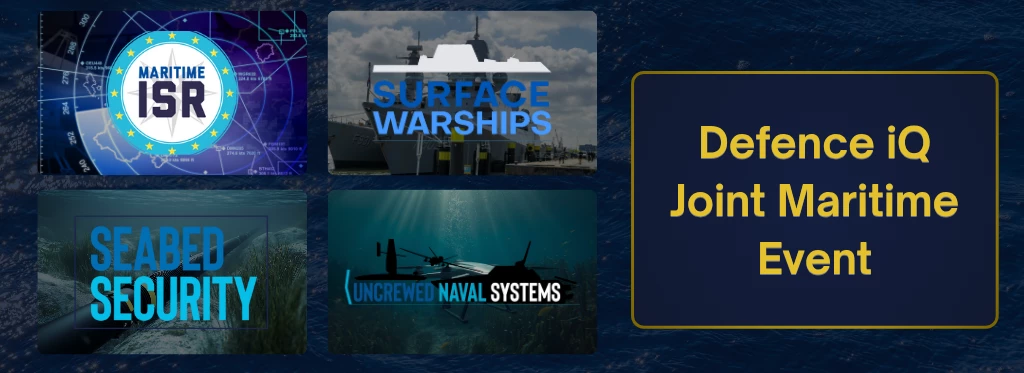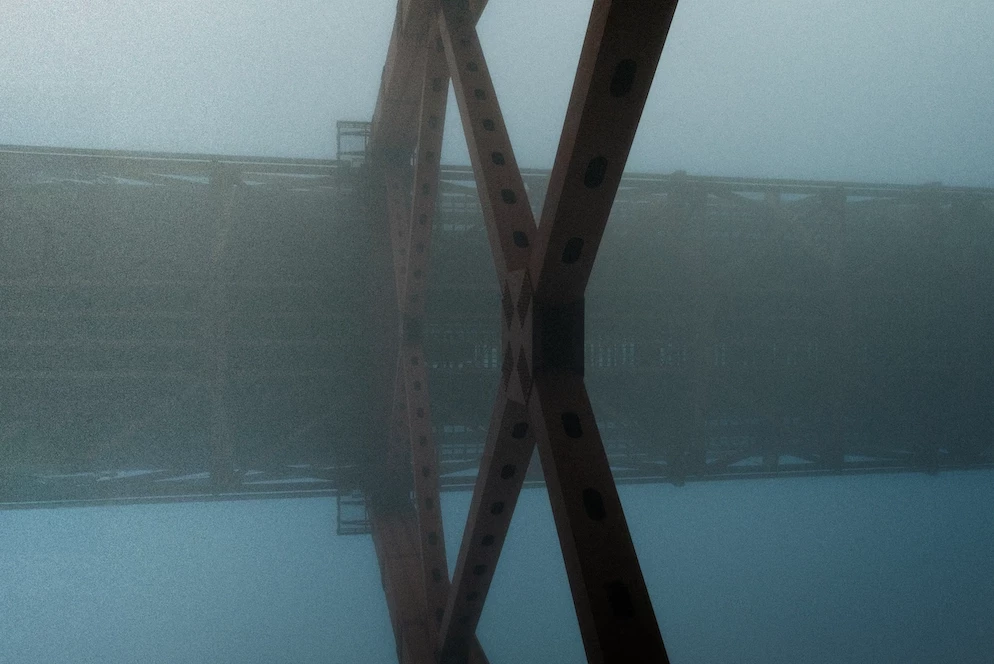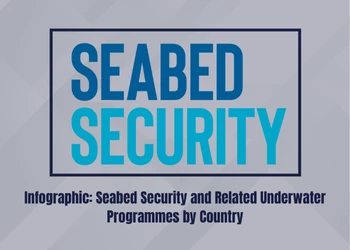Find out why survey vessels like Boaty McBoatface are in high demand at Oceany McConferenceface
Add bookmarkOr: Find out why there is growing demand for survey vessels similar to the UK’s new as-yet-unnamed RRS at a respected international symposium.
The UK’s Natural Environment Research Council (NERC) is awaiting the delivery of its new 15,000-tonne, 128m-long survey vessel, which is designed to sail the Arctic carrying a team of 90 scientists and support staff. The new vessel will replace Royal Research Ships (RRS) Ernest Shackleton and James Clark Ross, although it is not expected to be delivered until 2019. In the meantime, NERC offered the public the chance to suggest names for its new £200 million state-of-the-art vessel. Leading naval authorities, such as Lord West, are hoping it will be named after an accomplished Arctic or Antarctic explorer.
Boaty McBoatface is currently topping the poll.
The story made headlines this week after NERC’s crowd-search took an unexpected direction with the name getting over 27,000 votes. Despite enjoying the publicity, an internal NERC panel seems set on officially naming the vessel. Which is probably for the best.
Although not in the news because of anything to do with its operational role, the vessel represents an important investment in oceanographic research and data gathering. It will significantly boost the UK’s oceanographic capabilities in the increasingly important Arctic region.
In a statement NERC said: “Tonne-for-tonne, the ship - together with NERC's existing two blue water research ships - will provide the UK with the most advanced floating research fleet in the world and will help put the UK at the forefront of ocean research for years to come.”
The Oceanographic Survey Vessel (OSV) market is one of the fastest growing in the naval sector with 29 vessels on order in nine countries along with current requirements for at least eight new OSVs worth $1.6 billion. Moreover, Defence IQ’s analysis forecasts requirements in at least 20 countries over the next five years worth up to $5 billion.
So why are we seeing this rapid increase in demand for OSVs?
The reasons are many, but it all boils down to the phrase: Information is power. OSVs are simply tools for collecting, disseminating and analysing data about the marine environment, so the more governments know the more they can do. Protecting and policing sovereign EEZs is central to this. Data gathered by these vessels enable coast guards and naval authorities to outwit poachers. Information garnered by OSVs also aid in disaster management and can help nations better understand undersea mineral and hydrocarbon wealth in their waters.
Furthermore, OSVs offer a range of multirole capabilities, and with budgets tightening and the threat landscape becoming broader and more complex, navies are increasingly seeking platforms that can perform more than one function in multiple environments. It’s the ‘more bang for your buck’ argument. For OSVs, these multirole capabilities include collecting military hydrographic and oceanographic data to support surface warfare, submarine operations, mine warfare, anti-submarine warfare, and amphibious operations.
That’s why we are organising the Oceanographic Survey Vessels event (7-9 June – London, UK), which will focus squarely on naval requirements for OSVs where there is a strategic security benefit or where there is also a clear economic case.
But in the spirit of democracy and inclusion, Defence IQ is offering you the chance to come up with a new name for this year’s inaugural Oceanographic Survey Vessels conference. Internal discussions here are leaning towards Oceany McConferenceface or Eventy McSurveyface, but do send other ideas in because we’re open to suggestions.*
[inlinead]
*No we’re not.






















